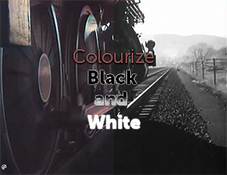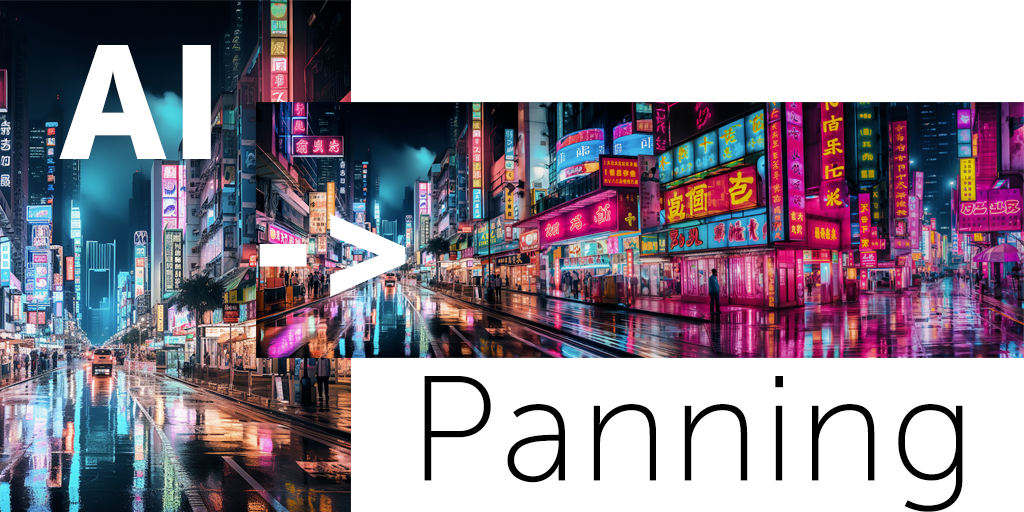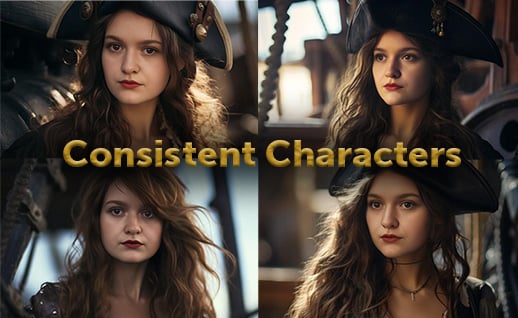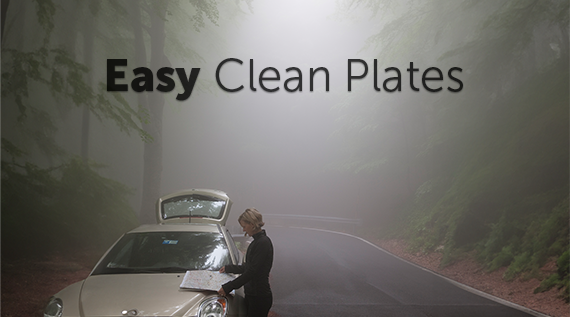Tomasz Wyszołmirski first heard of stock footage in 2009, soon after he launched Dabarti CGI. Then and there, he decided to focus on building the industry’s biggest and best CGI stock portfolio. His determination paid off. By 2012, he was renting an office and hiring artists. Now the small team produces mind-blowing stock from its home base in Poland, while doing contract CGI work for television commercials and visual effects for movies.
Where do you find inspiration?
I look for inspiration everywhere but mainly in movies. Old or new, it doesn’t really matter — you can find something amazing in any decade. Due to my CGI obsession, I love Pixar and the Marvel features.
I also like to browse print magazines. The ads are good to see what’s trending. When it comes to websites, Pinterest is pretty cool — pick a subject and see how other people see it and what images they use to describe what they love. I also check news sites, tech blogs, Reddit … It all helps in finding emerging trends.
Describe your process.
We start with an idea, whether written, drawn, or verbally described. Then we create it from scratch. With CGI, you’re basically building a small world inside a computer. Virtual sets and props are modeled in 3-D, based on real-life references and photos.
Once that’s done, we add textures and shaders to make everything look real. The part I love most is lighting and rendering. You can create any mood you want and achieve something really interesting with even a simple object. We render out all stock to float 32 bit .exr files. This gives us extreme freedom in compositing and color grading.
For more on shading and lighting (of tomatoes), check out this tutorial.
How do you keep yourself creatively fresh?
Read, exercise, relax, and get a good night’s sleep. Inspiration and creativity can be found everywhere. The most important thing is getting out of your comfort zone and experiencing something new every day. Many ideas come from unexpected places.
What’s your go-to software?
We use a wide spectrum of software. Mainly scenes are put together in 3ds Max, rendered in V-Ray. We use plugins like FumeFX for fire and smoke simulation, GrowFX, and Forest Pro. Compositing is done in either After Effects or NUKEX. Photoshop for texturing and painting. Depending on the task, we also use ZBrush, World Machine, MODO, and MARI.
Tell us about your footage based on paintings and photographs.
The process is expensive, but the idea is quite simple: You project a painting or photo from the camera onto 3-D geometry that represents everything in the shot. Once that’s done, you can move the camera quite a bit to add depth to the scene.
Check out these clips on Dissolve.
You can use this technique for timelapses too:
How different will the field of motion graphics be in five years?
I have no idea. It’s not changing as rapidly as it was a few years ago — the whole industry has stabilized at the moment. In upcoming years, I think we will see more content generated on GPU processing, but the visual difference won’t be big. It will just be faster.
What’s the most important advice you’d give to up-and-coming motion designers?
Inspire yourself with other works but don’t copy. Surround yourself with things that boost creativity and then do what you feel.
See Dabarti’s latest clips.
Visit Dabarti’s site or follow them on Twitter, Facebook, and Vimeo.
Dissolve Premium (dissolve.com) has been the go-to for quality stock footage and photos by the world's top creative agencies and production houses. Some of the best filmmakers and stock producers from around the world are with Dissolve — our rapidly growing collection of unique, compelling footage is a testament to that. In addition to our quality stock footage and photography business, we launched Dissolve Creators (dissolve.com/creators/community). A platform for photographers, filmmakers, producers, and designers to connect and share their work as free downloadable content. We offer these creatives (amateur or pro) a bridge to our clientele, gig opportunities, networking opportunities, as well as our knowledge of the stock industry.
.png)
.png)
.png)




